General description
CD28 (Cluster of differentiation 28) is a glycosylated membrane protein. The protein exists as a homodimer. CD28 is encoded by the gene mapped to human chromosome 2q33. The encoded protein is a co-stimulatory receptor expressed on naive T-cells. CD28 is characterized with a short cytoplasmic tail and two proline-rich motifs.
Specificity
Recognizes the CD28 (44 kDa) human cell surface disulfide-linked, homodimeric glycoprotein. The antibody reacts with human CD28-transfected murine T-cell hybridoma, PHA-activated blasts and IL-6 dependent plasmacytoma lines. It cross reacts with rhesus monkey PBL. The antibody blocks CD28/B7 (CD80) mediated cell-cell adhesion. It binds to the CDR domain in a CDR1 dependent manner. It enhances CD3 monoclonal antibody-induced T-cell proliferation. May be used in adhesion and co-stimulation studies.
5th Workshop: code no. CD28.05.
Immunogen
human CD28 transfected murine T cell hybridoma.
Application
Monoclonal Anti-CD28 antibody produced in mouse is suitable for the following applications:
- Flow cytometry at a dilution of 5μL using 1 × 106 cells
- Immunocytochemistry
- Immunohistochemistry (frozen sections)
Biochem/physiol Actions
CD28 (Cluster of differentiation 28) is a protein expressed on T-cells that provide co-stimulatory signals required for T-cell activation, survival and differentiation into effector T cells. CD28 is also expressed on multiple myeloma (MM) cells and is a key mediator of MM survival and apoptotic resistance. CD28 pro-survival signaling is dependent upon downstream activation of phosphatidylinositol 3-kinase (PI3K)/AKT (RAC-alpha serine/threonine-protein kinase), inactivation of the transcription factor FoxO3a and decreased expression of the pro-apoptotic molecule BIM. CD28 plays an important role as a mediator of MM survival during stress and can be targeted to overcome chemotherapy resistance. Inflammatory CD28- T-cells are found to be accumulated in livers of patients with primary sclerosing cholangitis (PSC) and are localized around bile ducts. Autoantibodies against CD28 are found in patients with autoimmune and atopic diseases.
Target description
CD28 is expressed on thymocytes, peripheral lineage cell subsets, activated B cells and plasma cells. The antigen is involved in adhesion between T and B lymphocytes through the B7/BB-1 ligand expressed on activated B cells. CD28 co-stimulates T-cells activated via the CD3 T-cell receptor and CD2 pathways and induces their proliferation.
Physical form
Solution in 0.01 M phosphate buffered saline, pH 7.4, containing 1% bovine serum albumin and 15 mM sodium azide.
Disclaimer
Unless otherwise stated in our catalog or other company documentation accompanying the product(s), our products are intended for research use only and are not to be used for any other purpose, which includes but is not limited to, unauthorized commercial uses, in vitro diagnostic uses, ex vivo or in vivo therapeutic uses or any type of consumption or application to humans or animals.
Shipping Information:
Dry Ice Surcharge & Ice Pack Shipments: $40
More Information: https://cenmed.com/shipping-returns
- UPC:
- 51204100
- Condition:
- New
- Availability:
- 3-5 Days
- Weight:
- 1.00 Ounces
- HazmatClass:
- No
- MPN:
- C7831-100TST
- Temperature Control Device:
- Yes












